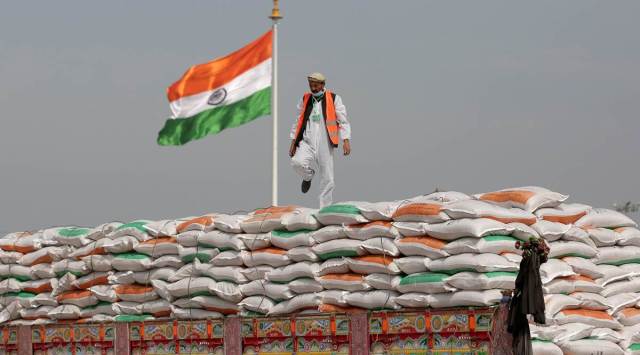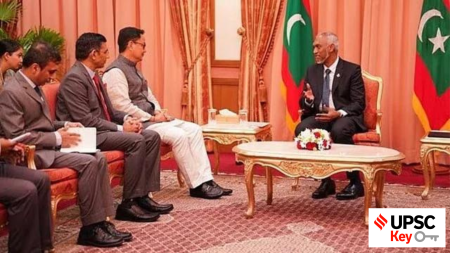Last August, India closed its mission in Afghanistan and withdrew its presence. With the country’s economy in disarray and diplomatic relations suspended (India has not yet recognized the Taliban regime), bilateral trade, which suffered initially after the takeover, has resumed, primarily through Dubai and its banking system.
Afghanistan has traditionally been a significant market for Indian sugar, while India is one of the largest importers of Afghan spices and dried fruits, particularly apricots and figs. The Taliban’s rise to power coincided with Afghanistan’s expectation of a substantial dried fruit harvest, much of which was intended for India.
The collapse of the economy and the suspension of diplomatic ties led to uncertainty about the future of bilateral trade, which amounted to $1.5 billion in 2019-2020, including various exports from India.
However, ten months later, Indian traders report that their exports to Afghanistan are proceeding smoothly after a brief disruption, despite a nearly 40% drop in total trade value for the 2021-22 fiscal year compared to the previous year.
In the last fiscal year, total trade amounted to Rs 3,719.76 crore, down from Rs 6,106.20 crore in 2020-21, according to the Ministry of Commerce and Industry’s trade statistics.
Although Indian traders experienced a month-long interruption immediately after the Taliban takeover, the Afghan-India air freight corridor, which connected Kabul, Kandahar, and Herat to India, has been inactive since August last year.
Nevertheless, Indian exporters have continued to ship goods by sea to Karachi port and then by road to Afghanistan, while Afghan exports have entered through the Chabahar port in Iran and the Wagah border with Pakistan.
Rahil Sheikh, managing director of MEIR Commodities, a Navi Mumbai-based agricultural commodities wholesale company, stated that trade resumed within a month of the Taliban takeover and has now returned to previous export levels, with 60,000 tonnes of sugar from India being shipped to Afghanistan every month.
Sheikh mentioned that payments, which used to be routed through Afghan banks, are now processed via Dubai, with no reported payment issues. He also noted the Taliban regime’s interest in maintaining a regular supply of essential goods, with nearly 90% of the sugar entering Afghanistan originating from Maharashtra’s mills.
For India, Afghanistan was the largest and closest source of apricots, dried figs, asafoetida (hing), and small pistachio nuts. Vijay Bhuta, director of Mumbai Spice Market and president of the Dry Fruit Traders Association, confirmed that imports resumed within two weeks of the Taliban takeover, with most trade shifting to Dubai-based banks.
The Taliban regime and the Indian government are aware of the increased trade and the emergence of Dubai as a payment hub. In 2019-2020, bilateral trade between India and Afghanistan surpassed $1.5 billion, with India’s exports to Afghanistan totaling nearly $1 billion and imports from Afghanistan around $530 million.
Afghan exports to India have duty-free access under concessions granted by India to Least Developed Countries in SAARC. Major Indian exports to Afghanistan include man-made filaments, apparel, pharmaceutical products, cereals, staple fibers, tobacco, dairy and poultry products, as well as coffee, tea, meat, and spices. Key imports from Afghanistan to India include fresh fruits, dried fruits, nuts, raisins, vegetables, oilseeds, and precious/semi-precious stones.
Partha Sarathi Biswas, an Assistant Editor with The Indian Express,…

































+ There are no comments
Add yours